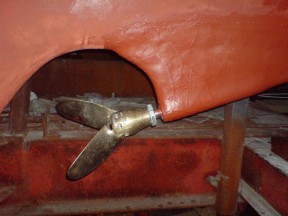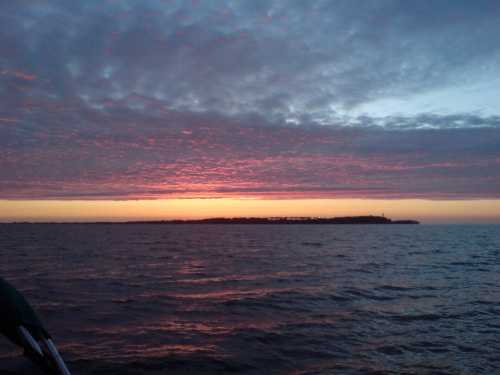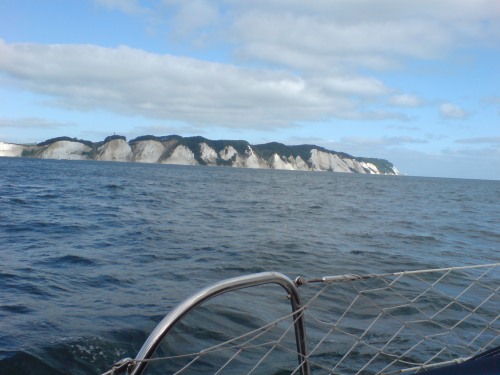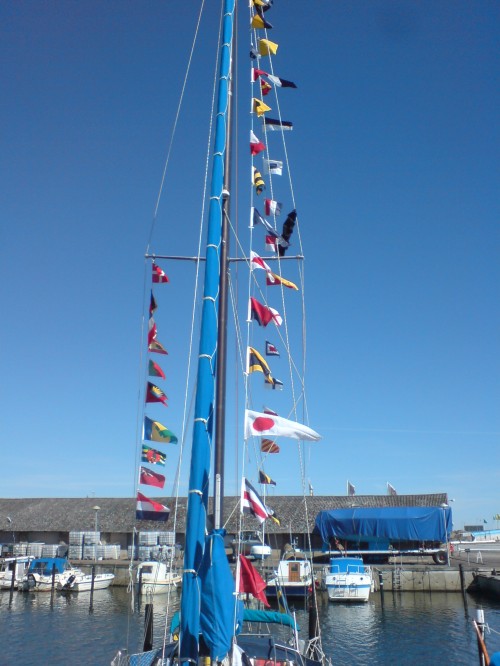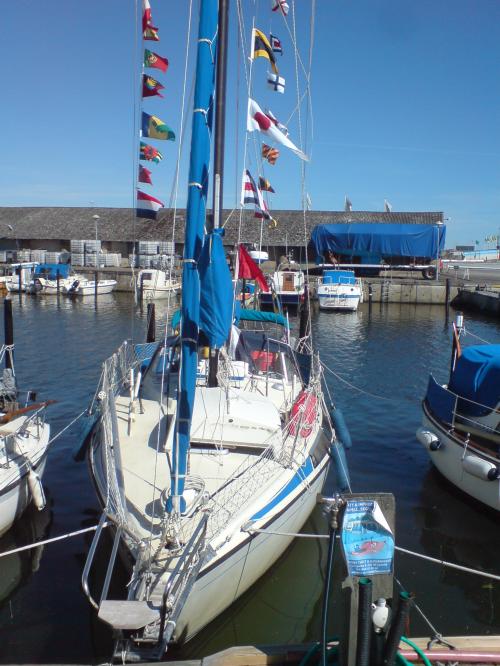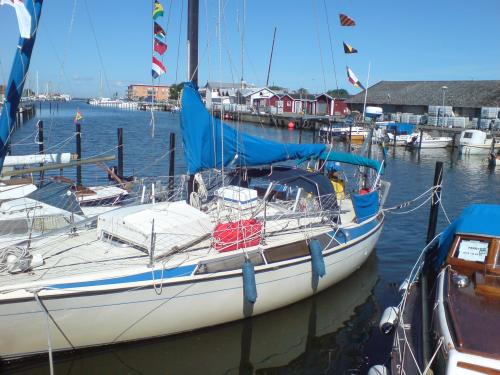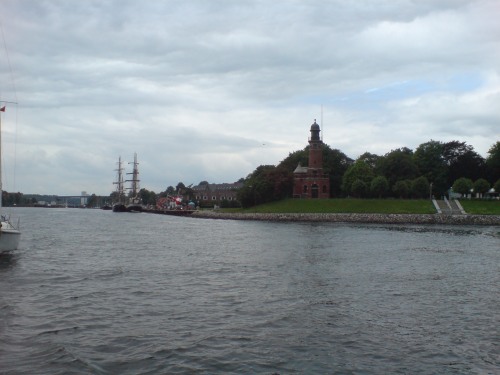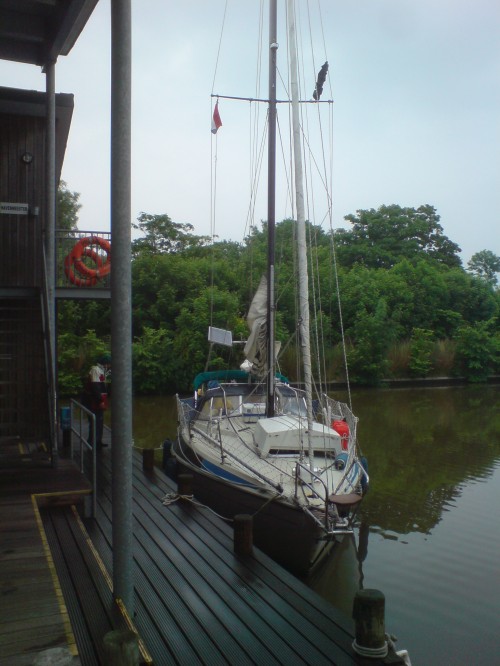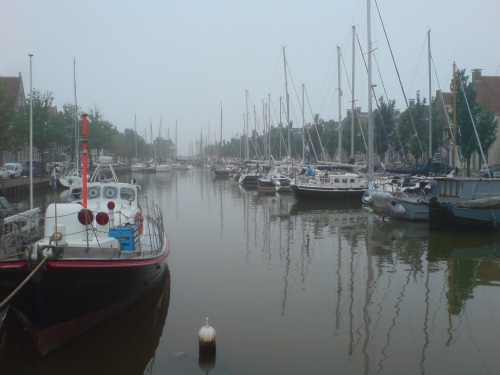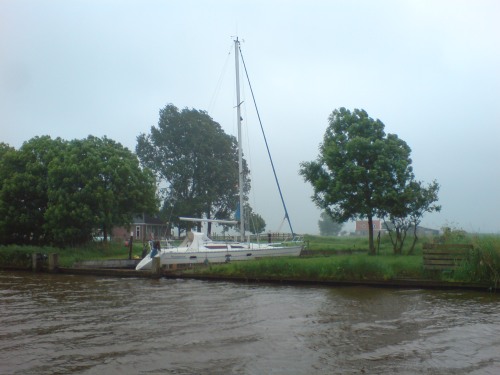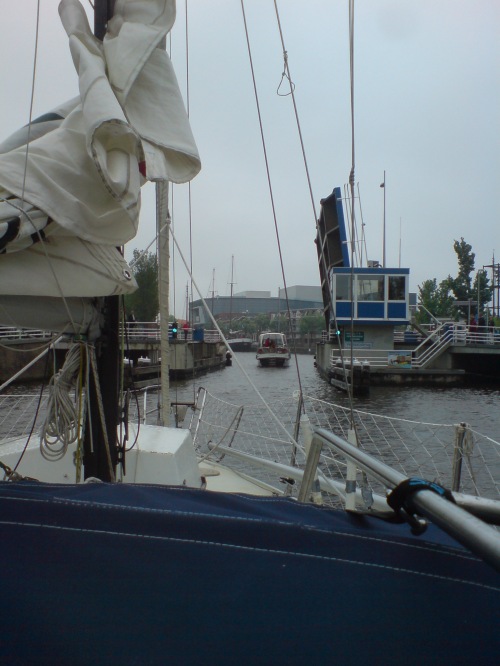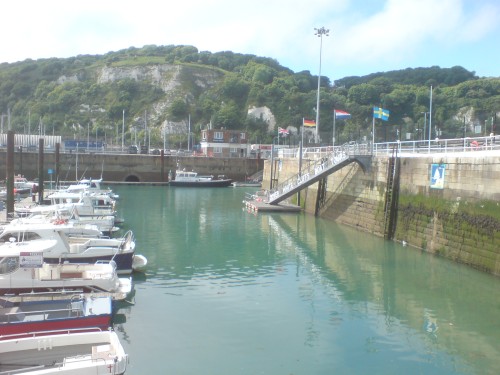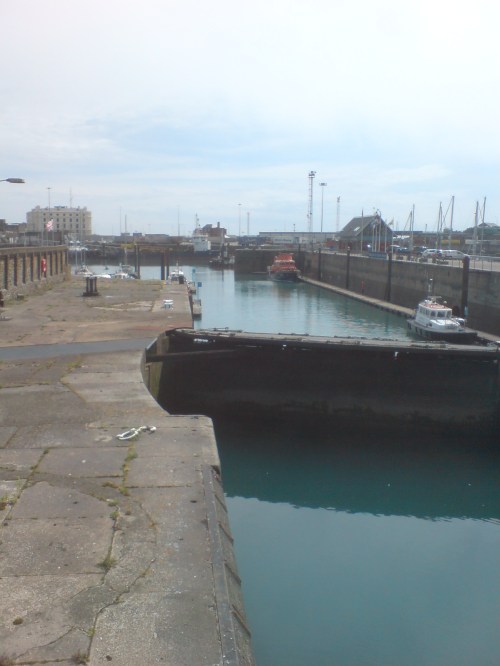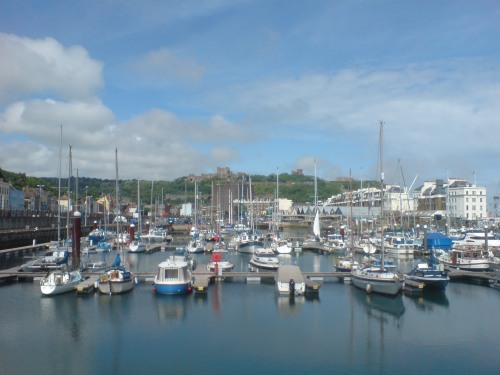She will stay in the Skåne neighborhood…
Matilda now for sale!
Here is the ad (in Swedish):
Maxi 95 med El-motor/Vetus-diesel och bogpropeller, seglingsklar
Leter du efter en Maxi 95’a i originalskick? Då är inte detta något för dig. Letar du efter en Maxi 95’a redo för segling på de sju haven, så kanske denna kan vara intressant.
Matilda är från 1976 och har no 318. Hon har inbyggd blyköl. Utöver “standard” har Matilda:
- Bogspröt med integrerad pulpit
- Extra förstag och inre förstag
- Ankarwinch Vetus Alexander
- Badplattform/”Ankstjärt”
- Vindruta
- Stålbåge över sprayhood (något att hålla i då man går upp och ner från däck till sittbrunnen). En solpanel 75W sitter i bågen.
- Naps Maxpower regulator för laddning från solpanel
- Ändrad rigg (från babystag till dubbla undervant). Extra inre förstag (stormfock finns).
- Längre bom än original (Isomat 4m med revlinor)
- Nerdragna fall. Hissa och reva storen görs från sittbrunnen.
- Isolerat akterstag
- Bogpropeller (Vetus 4hk)
- Elmotor (OZ marin, numera Greenstar Marine) med extra rak axel och 2-blading foldingpropeller (motsvarar modellen Greenstar 10)
- 2*215A batterier till förbrukning och elmotor. Separat startbatteri.
- Fast batteriladdare. 25A
- Vetus M3.28 Diesel med “scatraknut” och fast 3-bladig propeller
- Igenplastade fönster i salongen (Ljus kommer ändå in genom plasten)
- Radar Furuno 1623
- Bimini (solskydd) över sittbrunnen.
- Kompresor-kylskåp
- Fotogen-kök Optimus 155
- Batterimätare Nasa BM-1
- Vakuum-toalett med henderson-pumpar. Tank 40L med utsug på SB sida (bredvid tanklocket)
- GPS Garmin 128
- Ekolod Garmin
- Autopilot Raymarine S1, ST6000+ och Linjärmotor som styr direkt på hjärtstocken.
- Värmare Eberspächer – har inte använts på 10 år, så status är okänd!
Uppdaterad utrustning:
- Dieselmotorn bytt 2008
- Elmotor monterad 2008
- VHF cobra MR75 med DSC, 2008
- Rullgenua (triradial, men revpunkter för “genua 2” och “kryssfock”) 2013.
- Storsegel (lite större än original) med “lazy-bag” 2013
- Bogpropeller 2014
- Nya dynor förpik och salong 2014
- Innertak målat och teak lackat i förpik och salong 2015-2016
- Manlucka till dieseltank och ventil i toa 2016
- Radio med stereohögtalare, 2016
- Ny vindmätare (Nasa Clipper) 2017
- Nya fönster och stänkskydd (med båtnamn) 2018
Mer info, beskrivningar och bilder på saker jag gjort på båten finns på http://www.magnus.krampell.org
Pris: 120 000 SEK inklusive elmotorn. Jag kan tänka mig att montera ur elmotorn (inklusive ta bort axel och propeller) och priset blir då 100 000 SEK.
Det finns även ett Vindroder Sailomat 760 (10 000 SEK), 2-axlig Vagn (10 000 SEK) och en ny gennaker, Boding 2018, med selden rulle (20 000 SEK – nypris 26000…) att köpa till.
Bilder tagna 20180731 (Jag ber om ursäkt för kvaliteten… kameran i telefonen verkar ha fått in fukt, eller skräp i linsen):
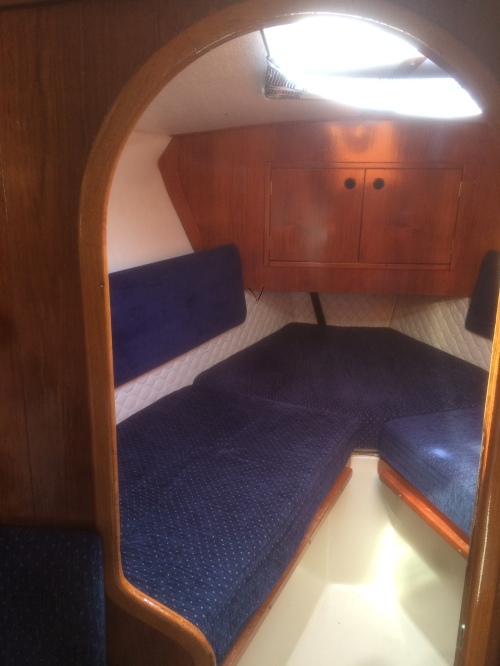

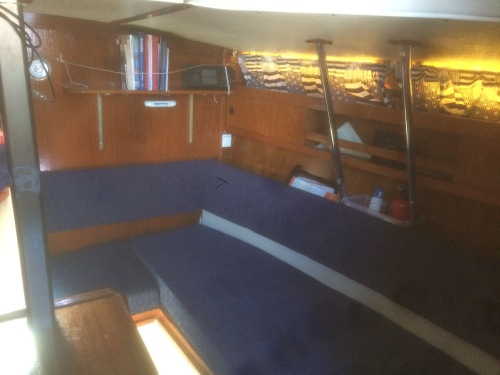
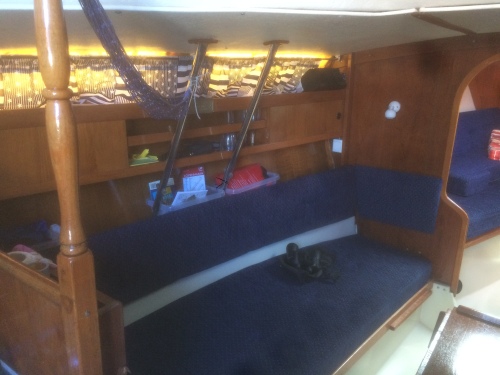
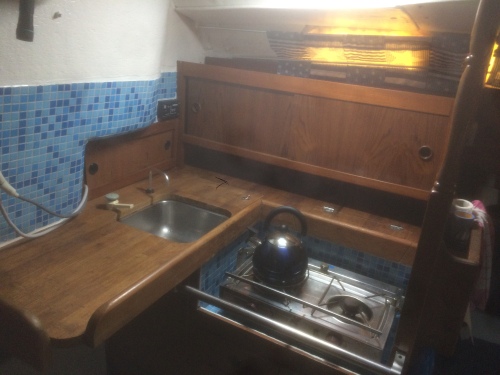
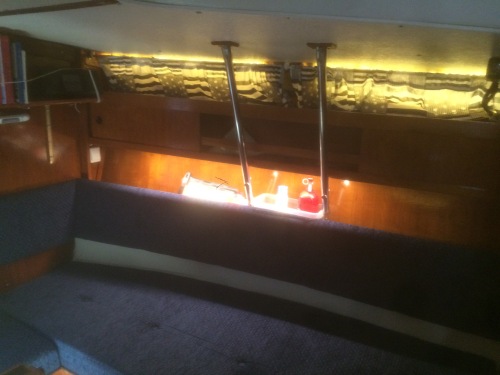
Med LED-belysning tänd. Man ser också att ljus kommer in genom de igenplastade fönstren. Även i föregående bild från pentryt…
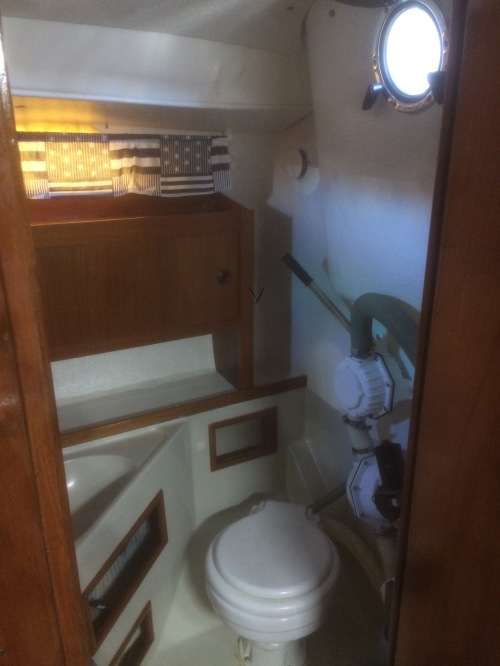
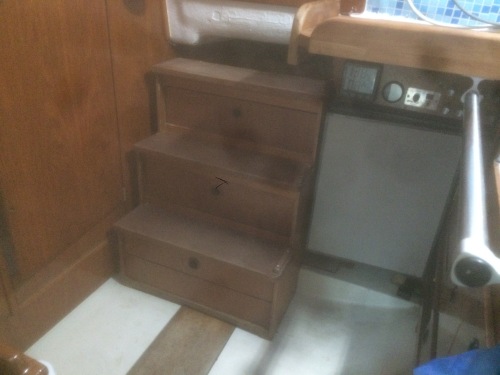
Trappan är inte lackad än…
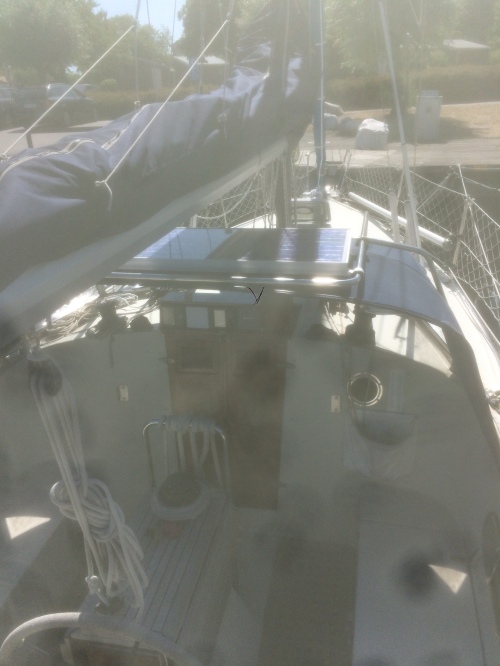
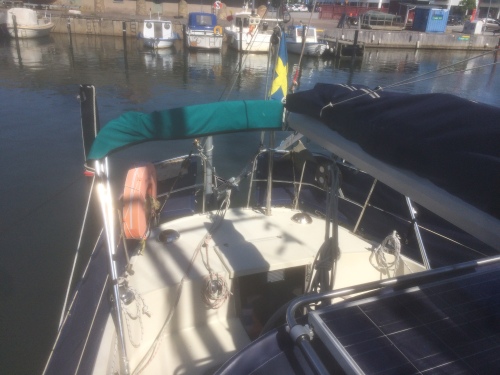
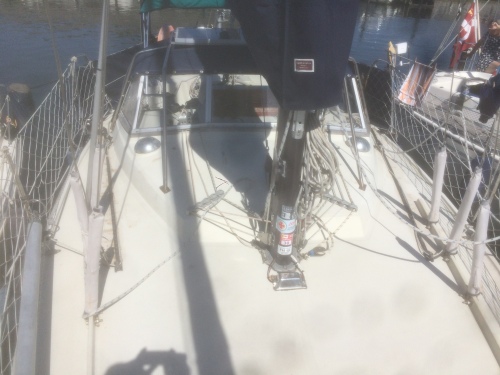
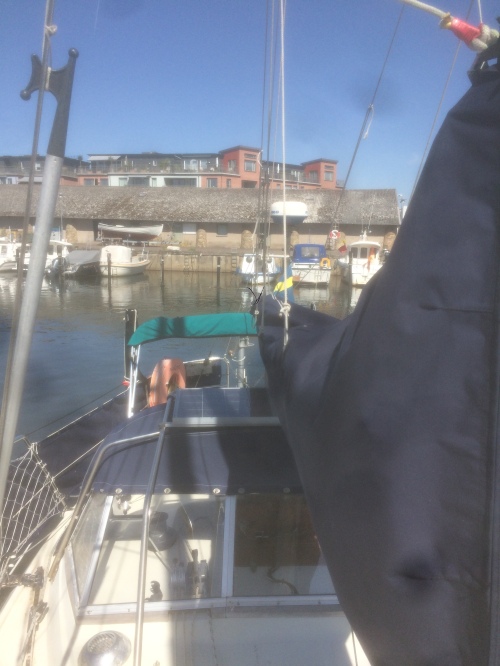
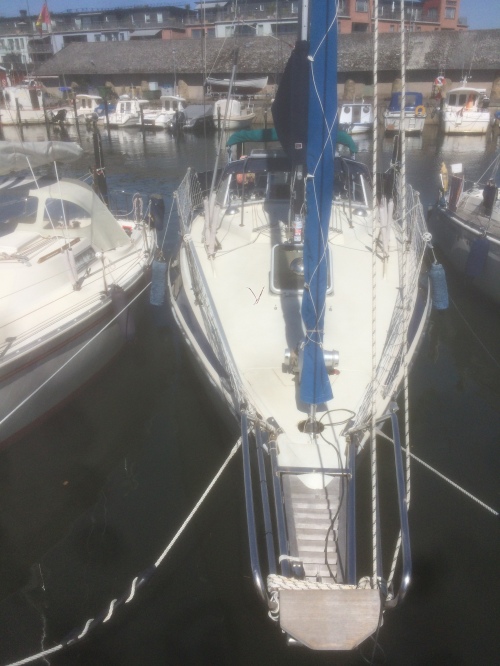

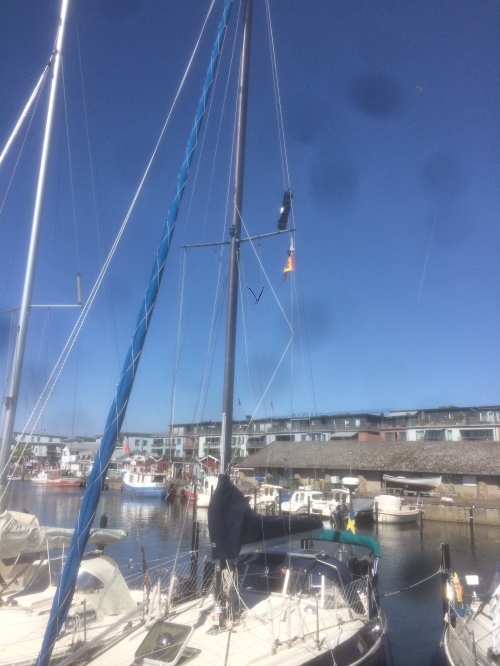
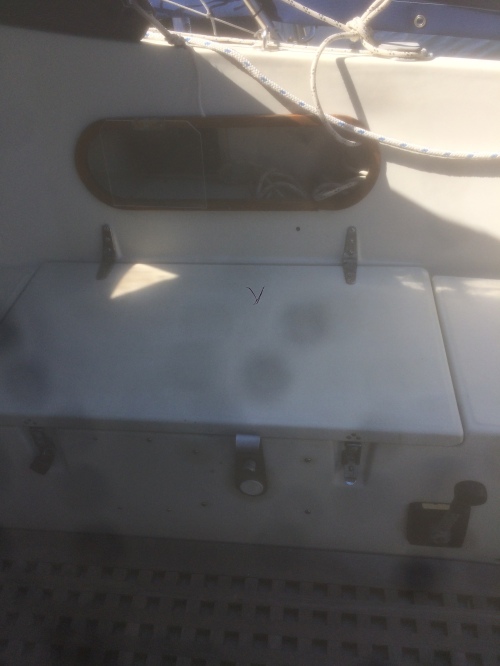
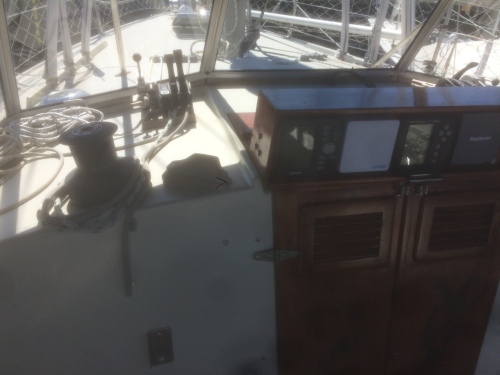
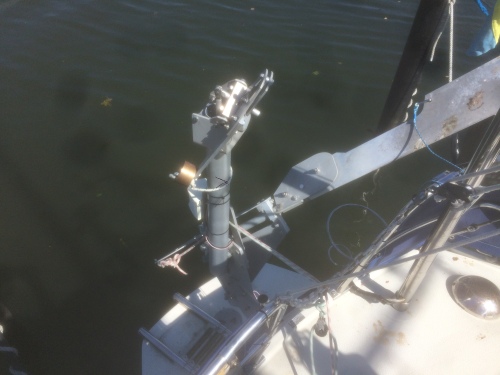
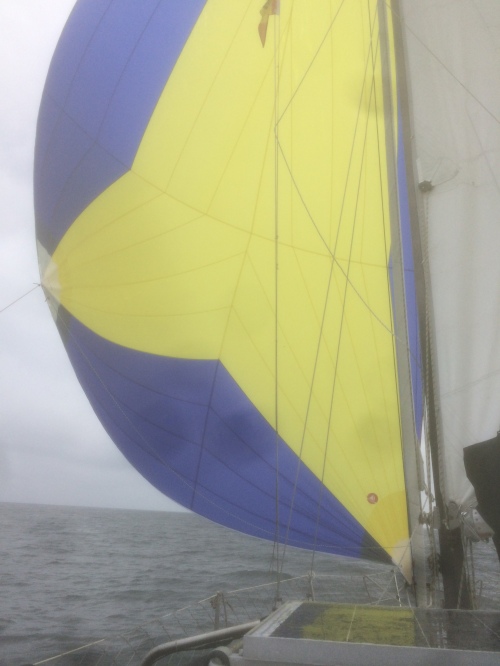
Gennakern vid provsegling (i regn…) i mitten av Juli 2018…
Några bilder från när Jag lämnar Limhamn 2018-07-27
Posted in Uncategorized
The blog comes to life again!
After a few years of low activity on this blog (not on the boat..) I have updated the pages.
Posted in Uncategorized
New life for the dinghy…
Check out this TV program on SVT Play (In Swedish) to see the new life for my dinghy…
I think the link has stopped working now. It went to a SVT Play program by Isabela McAlister, where the dinghy was used as a bed in a home restyling program for a small boy, who loved fishing.
Posted in Uncategorized
2010 in review
The stats helper monkeys at WordPress.com mulled over how this blog did in 2010, and here’s a high level summary of its overall blog health:

The Blog-Health-o-Meter™ reads Wow.
Crunchy numbers
The average container ship can carry about 4,500 containers. This blog was viewed about 16,000 times in 2010. If each view were a shipping container, your blog would have filled about 4 fully loaded ships.
In 2010, there were 33 new posts, growing the total archive of this blog to 56 posts. There were 88 pictures uploaded, taking up a total of 38mb. That’s about 2 pictures per week.
The busiest day of the year was June 1st with 2,090 views. The most popular post that day was My Boat – Matilda.
Where did they come from?
The top referring sites in 2010 were forum.hamnen.se, idrottonline.se, maringuiden.se, sailguide.biz, and web.telia.com.
Some visitors came searching, mostly for magnifik midget, international folkboat, magnus krampell, http://www.krampell.org, and folkboat.
Attractions in 2010
These are the posts and pages that got the most views in 2010.
My Boat – Matilda February 2009
1 comment
03 Adding an electric engine February 2009
01 New Diesel Engine February 2009
About January 2009
7 comments
05 halyards to the cockpit February 2009
Posted in Uncategorized
Kiel to Lomma in a day and a half
Outside the Kiel bay, we hoisted sail, but the wind was still weak and we kept the engine running. The first waypoint was the island of Fehmarn and we changed course to go inside the island in order to see more in the sound.
We passed under the bridge and gout out into the shipping lane as the sun went down in a nice sunset.
When the sun was gone, the wind picked up and we started to sail. The speed was good and the wind vane steered the boat. There were lots of ships around as we approached the Gedser peninsula. We passed at 0230 and got a good reach up towards Mön.
We passed the Mön klint in the morning and the white cliffs were beautiful in the morning light.
Later, the wind died down and we started the engine again. Outside Copehagen, a big thunderstorm gave some rain, but not much wind. The storm dissapeared over Malmö and the sky cleared.
Outside Lomma, we prepared all the national flags of countries the yacht had visited (I had not been in all of them…) and also the set of signal flags that we hoisted over the top of the boat.
My family was there to greet us and Urban had a friend from Malmö to greet him.
My place was free and we glided to a halt and that was the end of a looooong trip! Matilda was home!
Posted in Uncategorized
The Kiel Canal
We had come through the lock around 2 pm and looked at our options to stop for the night. Since Yachts must stop at 2100 latest we knew we could not do the whole canal (around 100 km or 50 miles) the same day.
There are places in the canal, where you are allowed to moor, but there was normally nothing to see there. The best option was to go 60 km to Rendsburg, the only town on the canal.
We arrived there a little before 2100. We had heard that they play the national anthem of boats passing by, but we got none of that. However, the Swedish flag was hoisted at the Yacht greeting place we passed just before the entry to Rendsburg.
Having moored in the yacht harbour, we went to see the town. It was almost completely deserted, but after a while a group of young people came onto the streets. Everybody hade been watching football, where Germany played (and won..) their first match.
The next morning we got up early in order to shower, shop and get going early. We had breakfast once back on the canal. It was a nice day, with a weak westerly wind.
Around midday we arrived in the Holtenau lock in Kiel. The Reeds nautical almanack noted the price to pass the canal as 47 Euro and that cards would be accepted. None of this turned out to be true. The price for a 10 m boat was 12 Euro and cards were NOT accepted!
We did not stop in Kiel, but went traight for the sea.
The Holtenau lock.
Posted in Uncategorized
Fast sail to Brunnsbuttel
Our plan was to be at the entrance to Elbe at 0800 UTC to get the tide with us up to Brunnsbuttel and the Kiel canal. We planned to stay overnight at Borkum and start early the next day.
The wind was now 12-15 m/s and the sea looked wild, even inside Schiermonnikoog, the sandy island outside lauwersoog. We used the engine and “tacked” against the wind between the green and red buoys. We had the tide with usand made good progress.
When we came a few miles out, we saw tourist boats where people stepped off the boats onto what was earlier the sea bottom, but which now quickly became sandy islands!
Outside Schiermonnikoog, the shipping lane suddenly veered to the West, while the charts had it drawn going North East. We followed the buoys, but at one point, we could not see the next buoy and the waves (around 3 meters high over 6 meters depth) looked like they would break over the boat. On both sides the waves were indeed breaking over sand shoals. We were a bit anxious at this point, but suddely we spotted the next bouy and knew we were on the rights track after all. A little bit further out, the water got deeper and the seas got calmer.
We went a bit further out before turning east. The wind was strong and we made good speed (6,7, and even 8 knots at times). Every half hour or so there was a few high waves (3-4 meters) that was threatening, but Matilda climbed over them every time.
This was a sea that could make you sea sick and Urban did get sick (despite that he had sailed the Atlantic a few weeks earlier!). I felt uneasy, but was never sick. We decided that, once on the open sea, we would not go to Borkum and have to go out to sea over sand banks again, but we would go directly to the Elbe. With the good speed, we thought we could make it in time.
By early morning, we approached the Elbe entrance and found we were actually 2 hours early! The entrance is very long and it was still 20 miles to go to Brunnsbuttel, so by the time we arrived there, we had a good helping tide.
We called the Kiel canal on VHF and were allowed into the lock almost immediately.
Posted in Uncategorized
The north sea and Dutch canals
We left Dover at slack water around 6pm and went a bit north before crossing the shipping lane at right angle (with a north going tide to help us a bit…). The wind died down and once on the continental side, it was almost calm. However, the tide gave us a good push north. During the night the sea was oily and we saw lots of lights and ships around us. No time to relax, thus.
By morning we were outside Oostende, but decided to go north another 24 hours. The wind was weak or nonexistent, so we motored along. During the evening and night, we had fog. We joked that without the radar, the situation would not be so fun. Two hours later the radar died…. However, it turned out that in some positions, the radar did work, while if you tried to move it, it died…. another thing to fix.
The wind came back, but from the north east. Around lunch time, we were outside Den Helder and decided to go in there. We went in to refuel and to get a weather report. The report said that the north east wind would continue another day, but we would get nortwest to west wind after that. We then went into Harlingen, to go on the canals for one or two days until the wind did change.
The path to Harlingen is only possible during high tide, but our timing was perfect and we have a helping, rising tide going in.
Once in Harlingen, we went through the lock and stopped in the small harbour immediately inside the lock. Perfectly calm!
Harlingen is a very nice little town. On the “main square” they have the guest harbour – nice!
In the morning, we went to provision and then started on the “standing mast route”.
Here we passed a number of bridges. Most were free, but on some, you had to put money in a wooden shoe, that the bridge attendant lowered. There were a lot of harbours and shipyards. We passed cows on fields and private back yards.
Twice we misread the map. First we failed to note that the bridges were closed from1600 to 1800 and then we failed to note that not all bridges were open until 2100. We thus had to spend the night in front of a bridge outside Dokkum.
By morning, the wind had turned to NW, so we decided to leave the canals at Lauwersoog. We arrived there at high tide around lunch time and would thus have the tide with us out to sea. But first we had lunch and asked a dutch boat about changes in the chart. They said there were some changes to the small lanes, but the main lane to sea was well marked and would cause no problem.
Posted in Uncategorized
Dover
We left Cowes around 6 pm and had a strong westerly wind to take us out of the solent. However, the tide took some time to turn, so we were not completely out by the time it got dark. There were several ferries and lots of lights to keep track of – interesting exercise in navigation and great fun!
The wind died down during the night and in the early morning we were sailing slowly along the south coast. We were getting worried that we would not reach Dover before dark, but the wind picked up again and we arrived with an hour to spare.
Dover harbour is very busy and you need to ask permission to enter. The “traffic lights” then turn to green and you may enter. We hade a strong tide across the entrance, so we were a little worried. The yacht harbour is far inside and one of the most sheltered harbours I have seen.
We got a place and immediately found that our neighbour was a Swedish boat. The couple had just bought it and were on their way home.
There is also a lock and an inner harbour, which is even more sheltered.
Posted in Uncategorized














